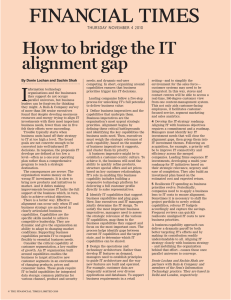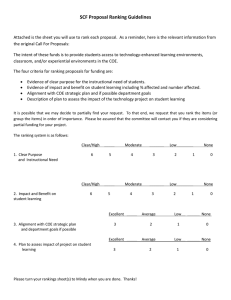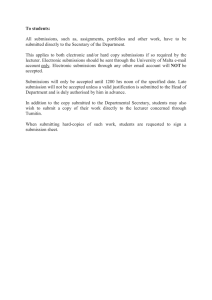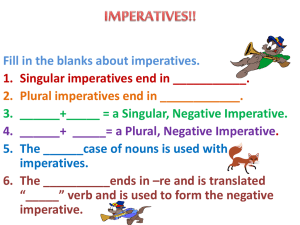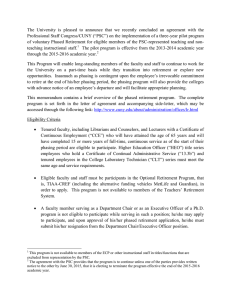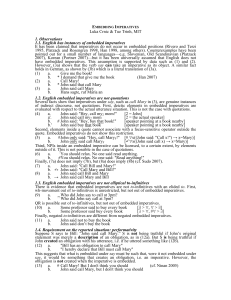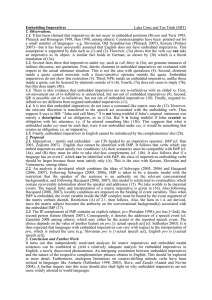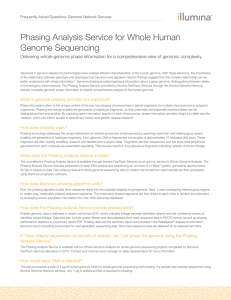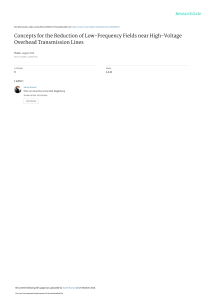San Bernardino Community College District District Operations Program Review
advertisement
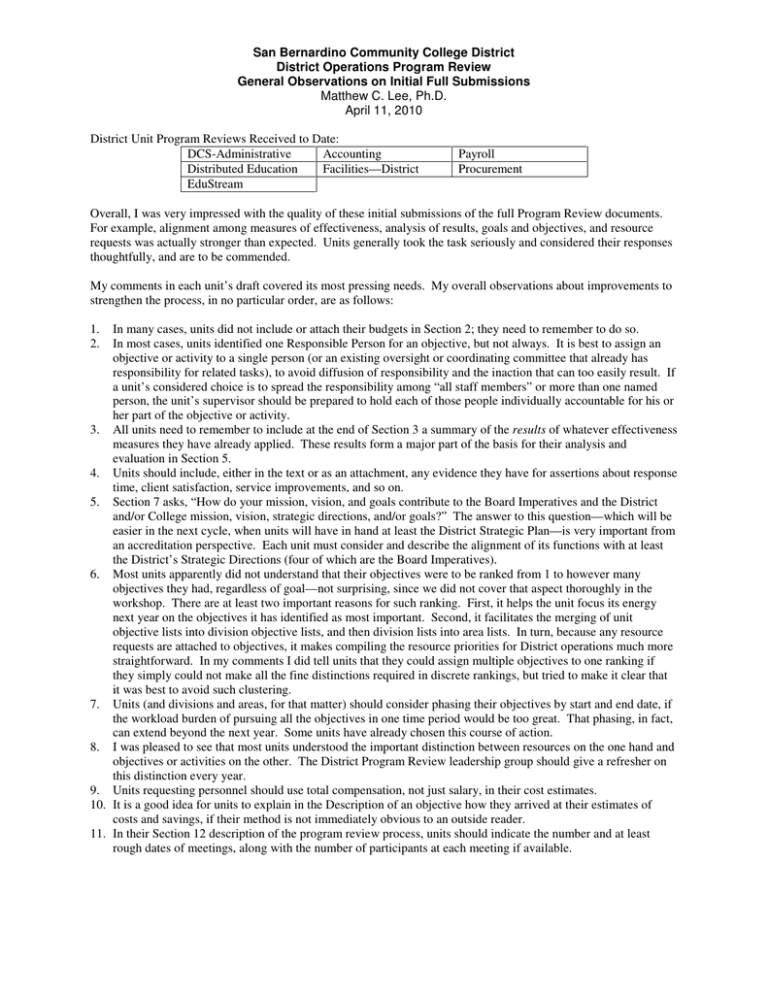
San Bernardino Community College District District Operations Program Review General Observations on Initial Full Submissions Matthew C. Lee, Ph.D. April 11, 2010 District Unit Program Reviews Received to Date: DCS-Administrative Accounting Distributed Education Facilities—District EduStream Payroll Procurement Overall, I was very impressed with the quality of these initial submissions of the full Program Review documents. For example, alignment among measures of effectiveness, analysis of results, goals and objectives, and resource requests was actually stronger than expected. Units generally took the task seriously and considered their responses thoughtfully, and are to be commended. My comments in each unit’s draft covered its most pressing needs. My overall observations about improvements to strengthen the process, in no particular order, are as follows: 1. 2. In many cases, units did not include or attach their budgets in Section 2; they need to remember to do so. In most cases, units identified one Responsible Person for an objective, but not always. It is best to assign an objective or activity to a single person (or an existing oversight or coordinating committee that already has responsibility for related tasks), to avoid diffusion of responsibility and the inaction that can too easily result. If a unit’s considered choice is to spread the responsibility among “all staff members” or more than one named person, the unit’s supervisor should be prepared to hold each of those people individually accountable for his or her part of the objective or activity. 3. All units need to remember to include at the end of Section 3 a summary of the results of whatever effectiveness measures they have already applied. These results form a major part of the basis for their analysis and evaluation in Section 5. 4. Units should include, either in the text or as an attachment, any evidence they have for assertions about response time, client satisfaction, service improvements, and so on. 5. Section 7 asks, “How do your mission, vision, and goals contribute to the Board Imperatives and the District and/or College mission, vision, strategic directions, and/or goals?” The answer to this question—which will be easier in the next cycle, when units will have in hand at least the District Strategic Plan—is very important from an accreditation perspective. Each unit must consider and describe the alignment of its functions with at least the District’s Strategic Directions (four of which are the Board Imperatives). 6. Most units apparently did not understand that their objectives were to be ranked from 1 to however many objectives they had, regardless of goal—not surprising, since we did not cover that aspect thoroughly in the workshop. There are at least two important reasons for such ranking. First, it helps the unit focus its energy next year on the objectives it has identified as most important. Second, it facilitates the merging of unit objective lists into division objective lists, and then division lists into area lists. In turn, because any resource requests are attached to objectives, it makes compiling the resource priorities for District operations much more straightforward. In my comments I did tell units that they could assign multiple objectives to one ranking if they simply could not make all the fine distinctions required in discrete rankings, but tried to make it clear that it was best to avoid such clustering. 7. Units (and divisions and areas, for that matter) should consider phasing their objectives by start and end date, if the workload burden of pursuing all the objectives in one time period would be too great. That phasing, in fact, can extend beyond the next year. Some units have already chosen this course of action. 8. I was pleased to see that most units understood the important distinction between resources on the one hand and objectives or activities on the other. The District Program Review leadership group should give a refresher on this distinction every year. 9. Units requesting personnel should use total compensation, not just salary, in their cost estimates. 10. It is a good idea for units to explain in the Description of an objective how they arrived at their estimates of costs and savings, if their method is not immediately obvious to an outside reader. 11. In their Section 12 description of the program review process, units should indicate the number and at least rough dates of meetings, along with the number of participants at each meeting if available.
